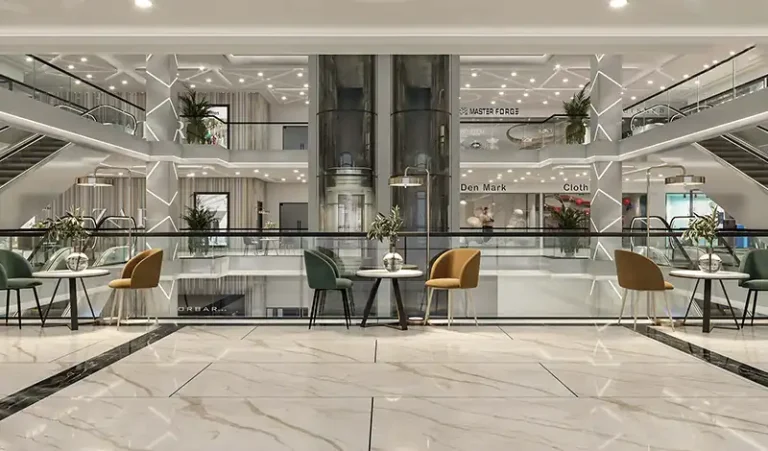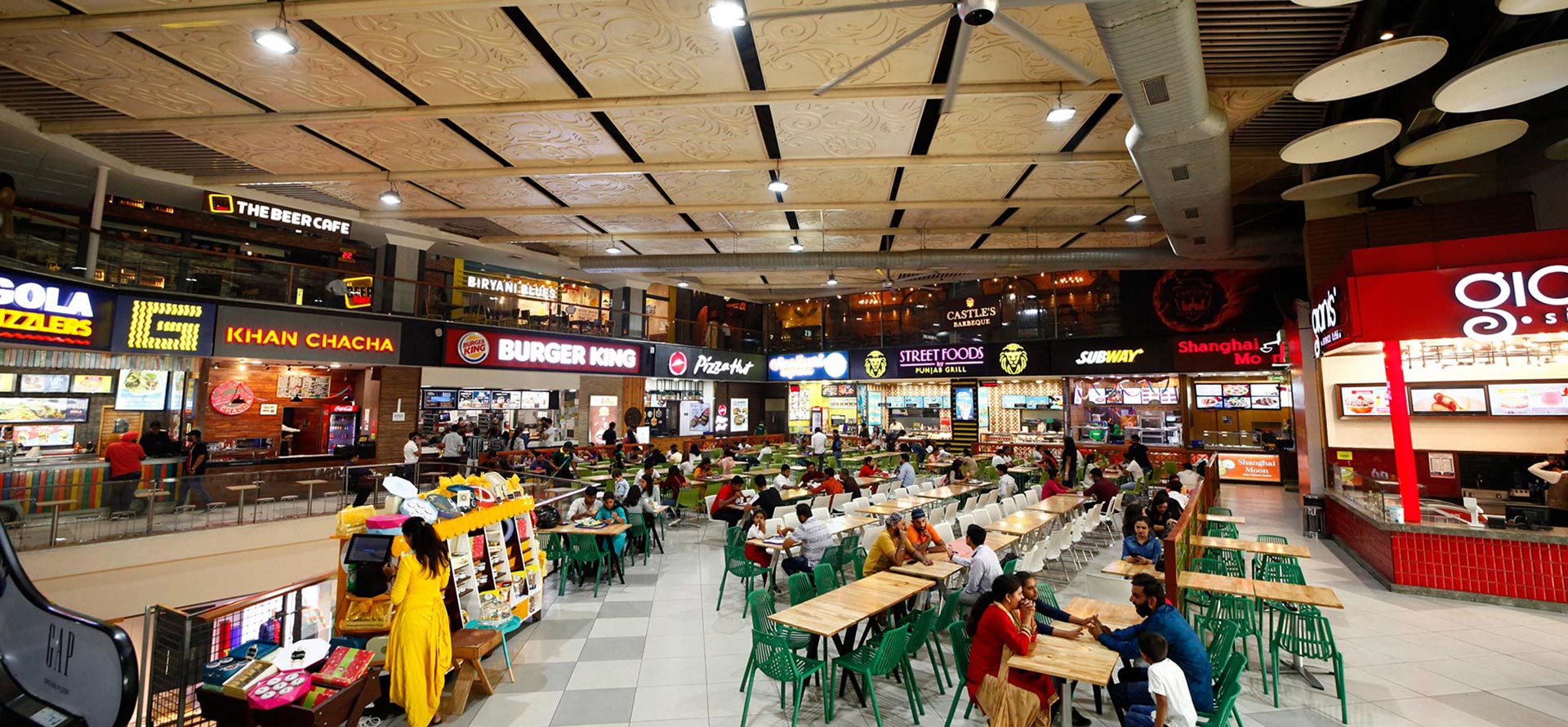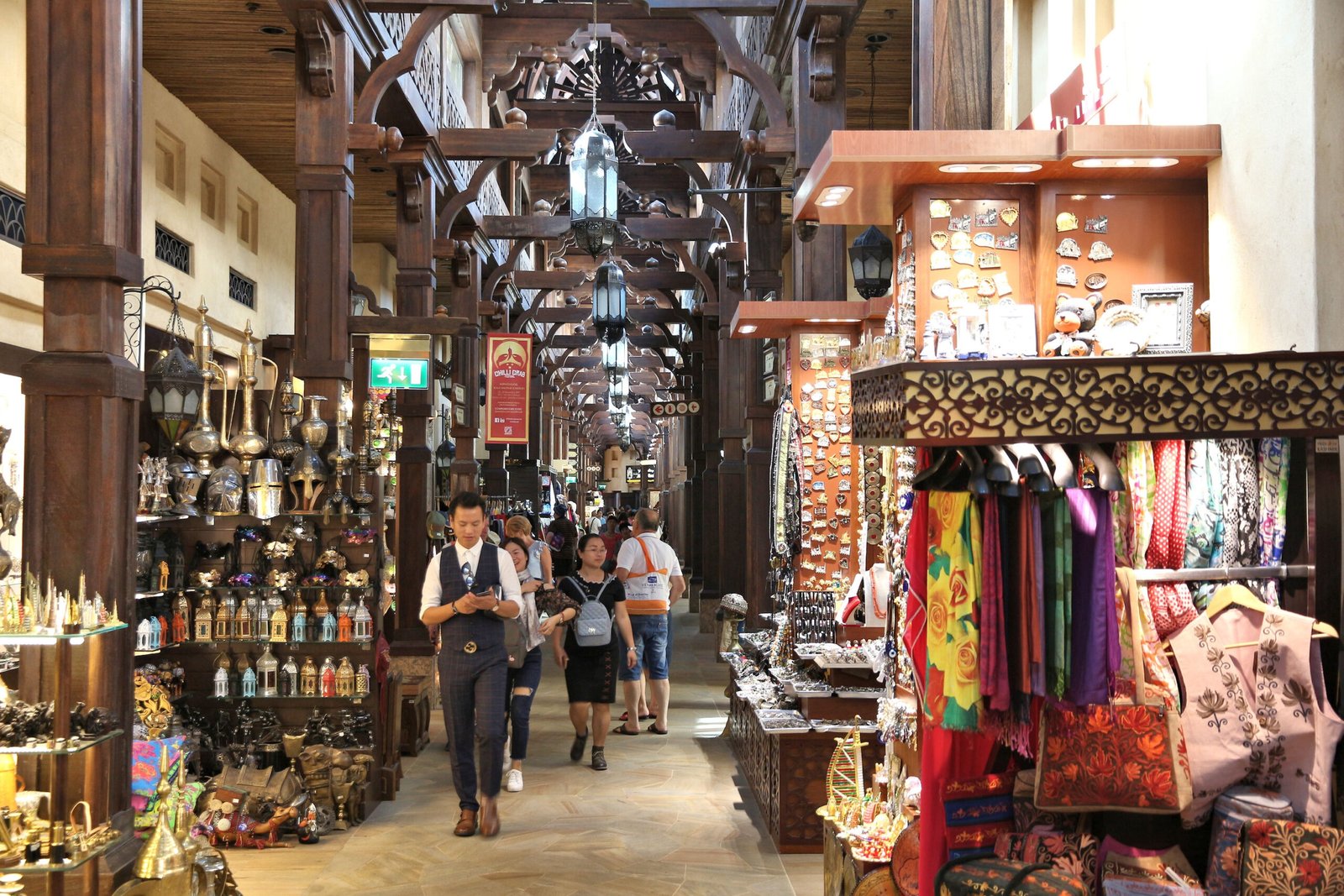Introduction to the Concept of Food Court Investment
Investing in a shopping mall food court can be an attractive business opportunity, but like any investment, it comes with its own set of risks and rewards. Food courts are key attractions in most malls, providing visitors a place to grab a quick bite, relax, and socialize. But is it profitable to set up a business in one? Let’s dive deep into the world of food court investments and explore whether they can offer solid returns.

Understanding the Business Model of a Shopping Mall Food Court
A food court is a designated area within a mall that hosts multiple food vendors in a shared space, each offering various types of cuisine. Unlike standalone restaurants, food court stalls benefit from shared seating, common utilities, and centralized cleaning, which can lower some operational costs. However, food court operators must also adhere to mall regulations and compete for customer attention in a confined space.
Key Factors Influencing the Profitability of Food Court Investments
Foot Traffic and Customer Demand
One of the most critical factors determining profitability is the amount of foot traffic. Shopping malls with high customer flow tend to provide better opportunities for sales. The more people walking through the mall, the greater your chances of converting them into customers.
Lease Agreements and Costs
Mall food courts usually come with lease agreements that can vary in terms of rent and duration. These agreements can significantly affect your bottom line, so understanding the costs involved is essential. Often, prime locations within the mall come with higher rents, but they also offer more exposure to potential customers.
Competition Within the Food Court
In a food court, you’re not just competing with restaurants outside the mall; you’re also contending with other vendors in the same space. Offering something unique or appealing to a particular audience can give you a competitive edge. However, too much competition may oversaturate the market, leading to lower profit margins.
Advantages of Investing in a Shopping Mall Food Court
Consistent Foot Traffic
One of the most attractive aspects of a food court investment is access to consistent foot traffic. Malls are designed to attract people, and many customers visit food courts as part of their shopping experience. You don’t need to spend as much on marketing compared to stand-alone restaurants because the mall itself draws in visitors.
Lower Marketing Costs
Malls often run their own promotional campaigns, which means your food court stall can benefit from their advertising efforts without extra costs. You’ll still need to create appealing menus and promotions, but lower marketing costs can significantly improve your profitability.
Multiple Revenue Streams
Food courts cater to diverse crowds, including families, students, and professionals. This allows food court vendors to create multiple revenue streams by offering a variety of options, such as combo meals, beverages, and even special promotions during peak shopping hours.
Challenges of Investing in a Food Court Business
High Overhead Costs
While some costs are shared, food court stalls still face significant overhead costs. Rent, utilities, staff wages, and supplies can quickly add up, especially if you’re located in a high-end mall. Keeping your overhead under control is key to maintaining profitability.
Competitive Environment
The competitive environment within a food court can be intense. Since all vendors are located in the same area, you need to stand out by offering unique flavours, superior service, or better pricing. The wrong product mix or pricing strategy can hurt your business in a highly competitive food court.
Limited Control Over Operating Hours
One of the drawbacks of being in a mall is the limited control over your operating hours. Malls typically set their hours of operation, and all food court vendors are required to adhere to them. This can limit flexibility, especially during holidays or slower business days.
Case Study: Success Stories from Food Court Investors
There are numerous examples of successful food court businesses that started small and grew into thriving ventures. Take, for example, the popular Asian food chain “Panda Express,” which started as a single location in a mall food court and has now expanded nationwide. The key takeaway? With the right concept, perseverance, and effective cost management, food court investments can offer substantial growth potential.
How to Maximize Profitability in a Shopping Mall Food Court
Choosing the Right Concept
Success in a food court often depends on choosing the right concept. Research the mall’s demographics and determine what type of cuisine would resonate with its customers. Offering something unique or trendy can help you attract attention and build a loyal customer base.
Negotiating Favourable Lease Terms
When signing a lease, it’s essential to negotiate terms that are favourable to your business. This includes understanding the rent structure, possible escalations, and any additional charges. Negotiating a good lease can reduce overhead costs and boost your bottom line.
Diversifying Menu Options
Offering a diverse menu can cater to various tastes and preferences, which is crucial in a food court setting. For instance, adding vegetarian or gluten-free options can help you reach a broader audience. The more variety you provide, the more potential customers you’ll attract.
Long-Term Investment Potential of Mall Food Courts

Scalability Opportunities
One of the advantages of starting in a food court is the potential for scalability. If your concept works, you can expand to other malls or even franchise your business. The food court model can be replicated easily, making it an attractive option for long-term investors.
Recession-Proofing Your Investment
During economic downturns, malls tend to see fewer shoppers, but food courts often remain busy. People still need to eat, and food courts offer affordable dining options. In this sense, food court businesses can be relatively recession-proof compared to other types of investments.
Evaluating Risks and Rewards of Food Court Investments
Like any business, investing in a mall food court comes with risks, such as high rent and tough competition. However, the rewards can be substantial if managed effectively. Profitable food court businesses can offer a steady revenue stream, low marketing costs, and scalability options.
Conclusion: Is It Worth Investing in a Shopping Mall Food Court?
In conclusion, investing in a shopping mall food court can be highly profitable if done right. With the right location, concept, and cost management, you can tap into a steady stream of customers and build a scalable, long-term business. However, it’s crucial to be aware of the challenges, such as high overhead costs and stiff competition. By understanding the dynamics of the food court business model and taking strategic steps, you can maximize your chances of success.
FAQs
- What is the average profit margin for a food court business?
Profit margins can vary, but typically food court businesses aim for a profit margin of 5% to 15%. The actual margin depends on factors like location, menu pricing, and operating costs. - How much does it cost to open a food court stall in a mall?
The initial investment for a food court stall can range from $50,000 to $250,000, depending on the mall’s location, size of the stall, and equipment needed. - What are the biggest risks of food court investments?
The main risks include high rent costs, stiff competition from other vendors, and limited control over operational hours, all of which can impact profitability. - Can I franchise my food court business?
Yes, if your concept proves successful, franchising can be a great way to expand. Many food court businesses have scaled through franchising. - Is it better to own multiple food court stalls or focus on one?
It depends on your business goals. Owning multiple stalls can increase revenue, but focusing on one allows you to perfect your concept and management.













